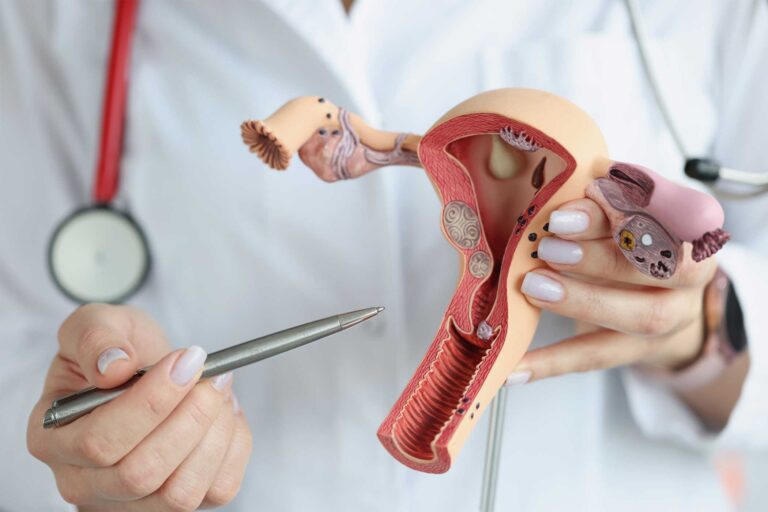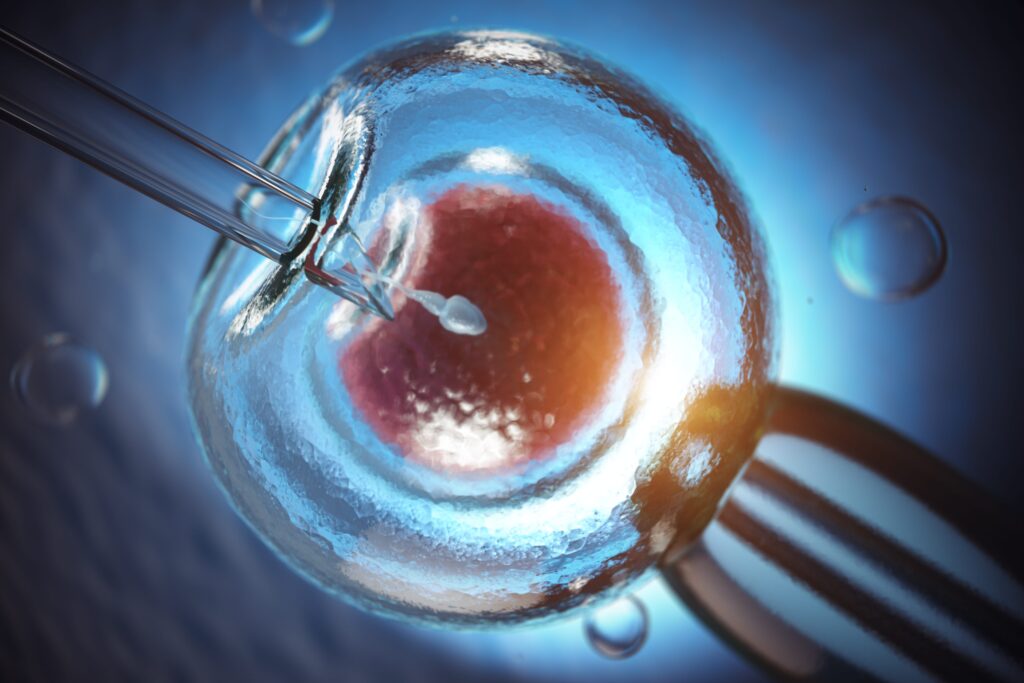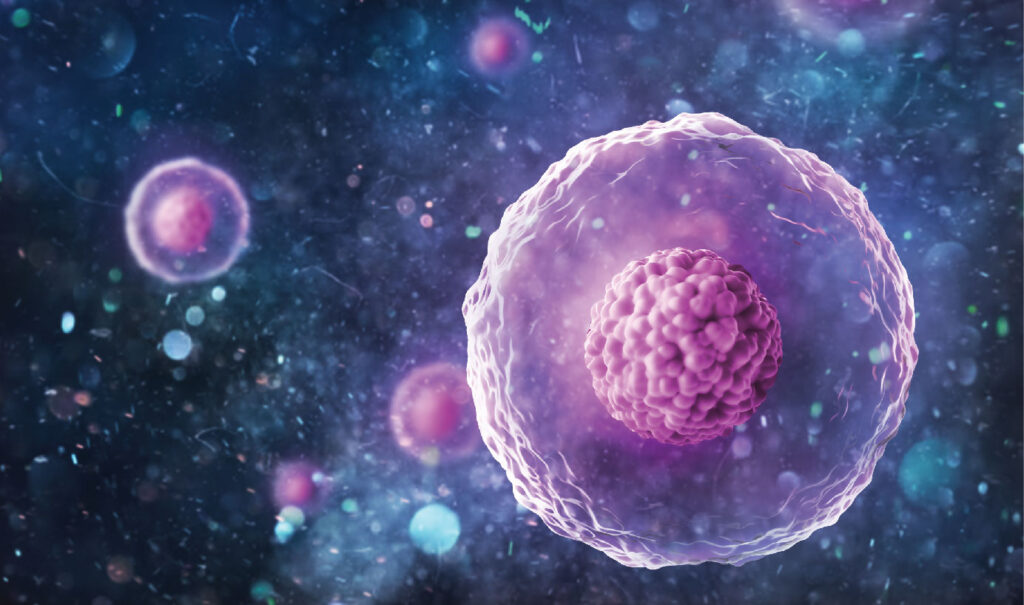Expert Fertility Services Tailored for Your Parenthood Journey

Intrauterine insemination (IUI)
Intrauterine insemination (IUI) is a fertility treatment that involves placing sperm inside a woman’s uterus to facilitate fertilization. The goal of IUI is to increase the number of sperm that reach the fallopian tubes and subsequently increase the chance of fertilization.
IUI provides the sperm with an advantage by giving it a head start, but it still requires a sperm to reach and fertilize the egg on its own.
It can be either.
- Insemination with Donor sperm (AID)
- Artificial Insemination with Husband’s sperm (AIH)
In-Vitro Fertilisation (IVF)
In Vitro Fertilization is an assisted reproductive technology (ART) commonly referred to as IVF. IVF is the process of fertilization by extracting eggs, retrieving a sperm sample, and then manually combining an egg and sperm in a laboratory dish. The embryo(s) is then transferred to the uterus. IVF can be used to treat infertility in the following patients:
- Blocked or damaged fallopian tubes.
- Male factor infertility including decreased sperm count or sperm motility.
- Women with ovulation disorders, premature ovarian failure, uterine fibroids, women who have had their fallopian tubes removed.
- Individuals with a genetic disorder.
- Unexplained infertility.


IntraCytoplasmic Sperm Injection (ICSI)
It is very similar to IVF in that gametes (eggs and sperm) are collected from each partner. The difference between the two procedures is the method of achieving fertilization. ICSI refers to the laboratory procedure where a single sperm is picked up with a fine glass needle and injected directly into each egg. This is carried out in the laboratory by experienced embryologists using specialized equipment. From a patient’s perspective, undergoing an ICSI treatment cycle is exactly the same as a conventional IVF cycle.
- Stimulation of the ovaries to encourage the development and maturation of the eggs.
- Retrieval of the eggs.
- Fertilization of the eggs and culture of the embryos. Transfer of the embryos back into the uterus.
Blastocyst Culture
The term ‘blastocyst refers to the human embryo 5 – 6 days after fertilization. It is the stage of development that the embryo must reach before it can implant in the uterus. Standard practice in IVF involves the replacement of embryos into the uterus after 5 or 6 days when the embryos are at the blastocyst stage of development. Transferring embryos at the blastocyst stage also provides a better coordination between the embryo and the uterus by putting the embryo back in the right place (the uterus) at the right time (blastocyst stage). Overall, if you have a normal blastocyst for transfer on day 5, the chances of pregnancy are higher (in our hands) than if you have embryos transferred on day 3.


Sperm Donation
It is a voluntary act of solidarity through which a healthy male with very high quality semen donates some of this so that a couple with infertility problems can fulfill their dream. After this time the tests are repeated to ensure that the donor is not in the early stages of an infection. The selection of semen donors is controlled by law and includes men over the age of 18 who have a good state of physical and mental health, who test negative for infectious diseases and who have a normal karyotype. The selection procedure also includes genetic tests and the medical history of donors and their families, in order to prevent the risk of genetic diseases being passed on to their descendants. Finally, the samples are made available for use in fertility treatments, whether for intrauterine insemination, an IVF cycle or ovo-donation.
Egg Donation
It is the process by which a woman donates eggs to enable another woman to conceive as part of an assisted reproduction treatment or for biomedical research. The fertility egg donation process involves retrieving eggs from a woman who has normally functioning ovaries. Following egg retrieval, the eggs are fertilized in the in vitro fertilization (IVF) lab using sperm from the receiving couple’s partner or, in certain situations, with donor sperm. Following fertilization in the laboratory and the growth of the embryos for either 3 or 5 days, the resulting embryos are transferred to the uterus of the woman who wishes to carry the baby. If a pregnancy is established, the receiving woman becomes the mother, carrying the developing baby through the full term of the pregnancy and childbirth, with all the joys and experiences that this affords.


Embryo Freezing
It is a procedure that allows people to store embryos for later use. An embryo forms after fertilization and after the cells start to divide. A person may decide to store an embryo if they hope to become pregnant in the future, to donate to others, for medical research, or for training purposes. The process begins by using hormones and other medications to stimulate the production of potentially fertile eggs. A doctor then extracts the eggs from the ovaries, either for fertilizing in a lab or for freezing. The main benefit of embryo freezing is the option to have frozen embryos thawed and transferred to the woman’s uterus in the future without having to undergo stimulation of the ovaries or egg retrieval. It is also possible that there may be enough frozen embryos for more than one subsequent cycle.
Laparoscopic Surgery
Laparoscopic surgery is a specialized technique for performing surgery. In the past, this technique was commonly used for gynecologic surgery and gall bladder surgery. Over the last 10 years, the use of this technique has expanded into intestinal surgery. In traditional “open” surgery, the surgeon uses a single incision to enter the abdomen. Laparoscopic surgery uses several 0.5–1 cm incisions. Compared to traditional open surgery, patients often experience less pain, a shorter recovery, and less scarring with laparoscopic surgery.


Embryo Donation
Donor-embryo IVF, also known as embryo adoption or embryo donation, is a compelling alternative to traditional adoption. It’s a consideration for couples unable to produce eggs and sperm of high enough quality to succeed naturally or with other IVF techniques. Donor-embryo IVF is a new and exciting final choice for couples with long-term infertility issues.

